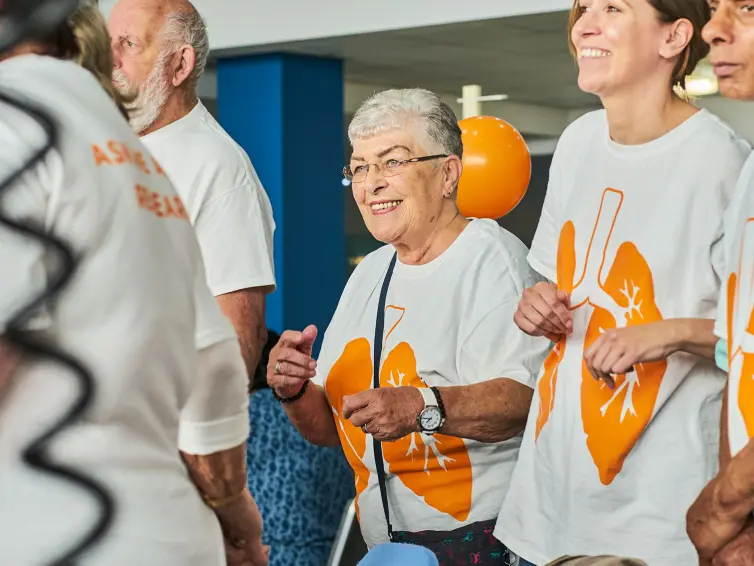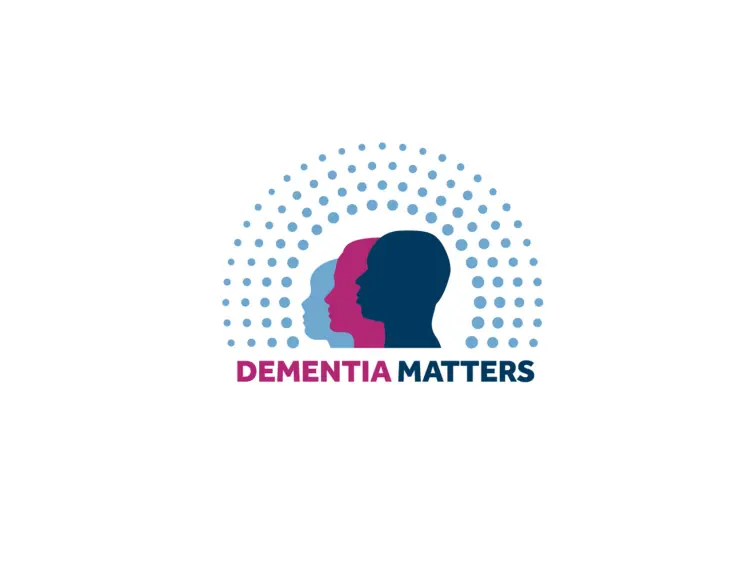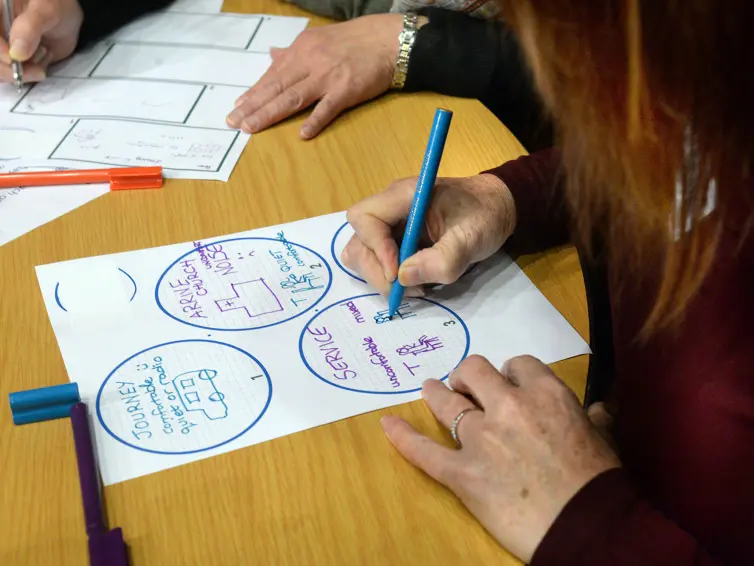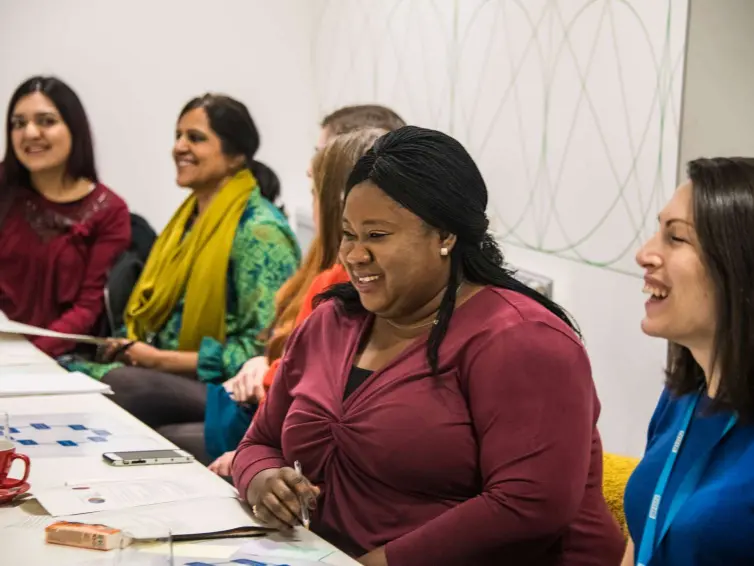How to use creative community based approaches
We bring patients, researchers, communities and artists together to develop creative projects that raise awareness of health research in communities.

Here are some tips we'd like to share from our learning on the Breathtaking Lungs project, if you are thinking of taking a similar approach.
Use an asset-based approach that builds on existing community organisations and initiatives. Add value to what organisations are already doing.
Invest time in getting to know people at the locations, events and activities that they already know and feel comfortable at.
Be visible, visit community events and spaces to talk to people about what you are planning and listen to their views and ideas.
We ran a couple of focus groups with people with respiratory conditions to develop the project ideas and the communications plan. Participants were paid in line with INVOLVE guidelines.
Encourage people to get involved in a way that is comfortable for them. Demonstrate that you value them and their input.
Recognise that people with health conditions can often feel unwell or unable to attend an event. Build in flexibility.
Make it as easy as possible for people to take part e.g. phone calls before a session, support with transport arrangements and costs.
Foster the social dimension of the project. The chance to meet other people who were facing similar health challenges, in social setting was a strong motivating factor for some people. Once people had taken part in a few sessions with the singing group, they were more interested in taking part in other activities.
Offer a range of different creative opportunities for people to get involved in. We offered singing groups, harmonica sessions, a youth art graffiti project and an artist led project.
Work with experienced creative partners.
Use creative sessions as a way to start discussions about health research.
Once a group is established, comfortable together and have talked about research from their own points of view, invite researchers along to join in.
Involve people in producing artworks, sharing stories and organising events that will reach wider local audiences.
Use the project as a springboard for people to take part in research patient panels and community health projects.


